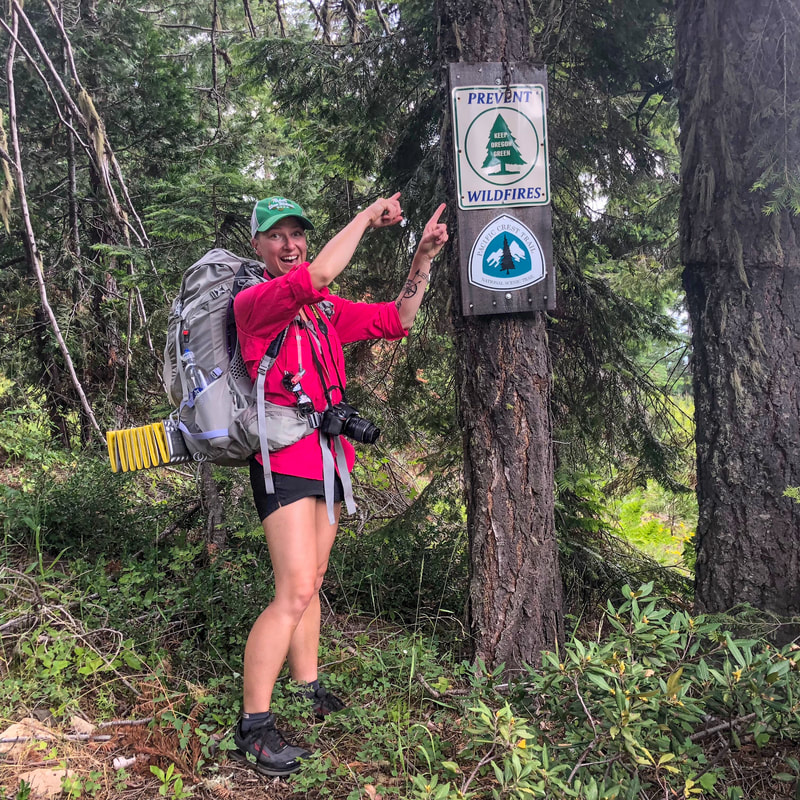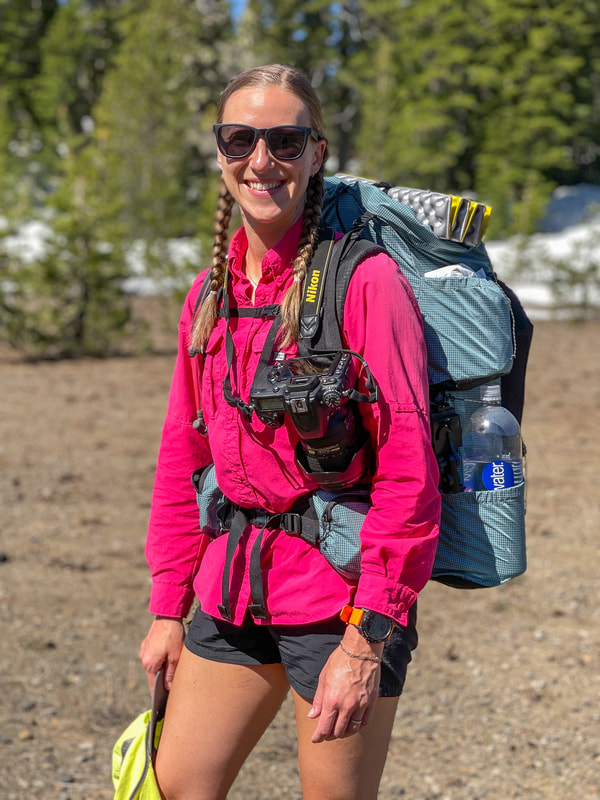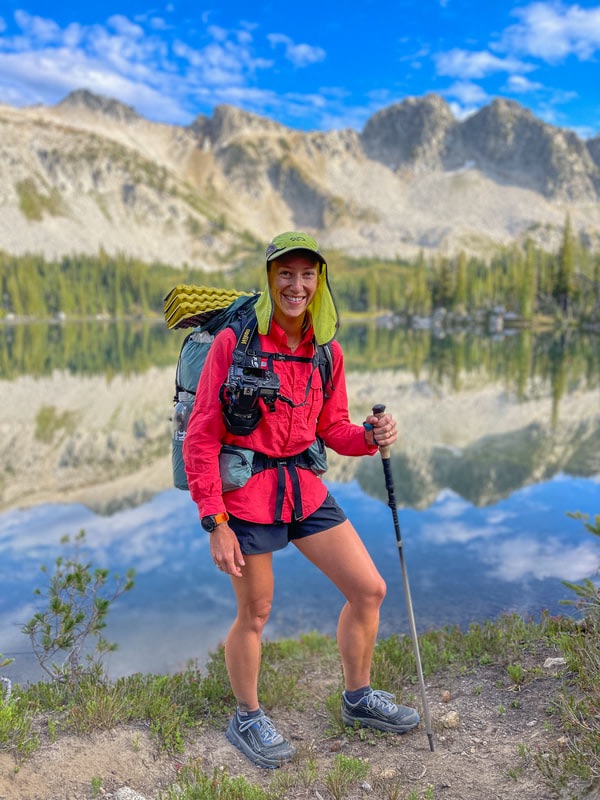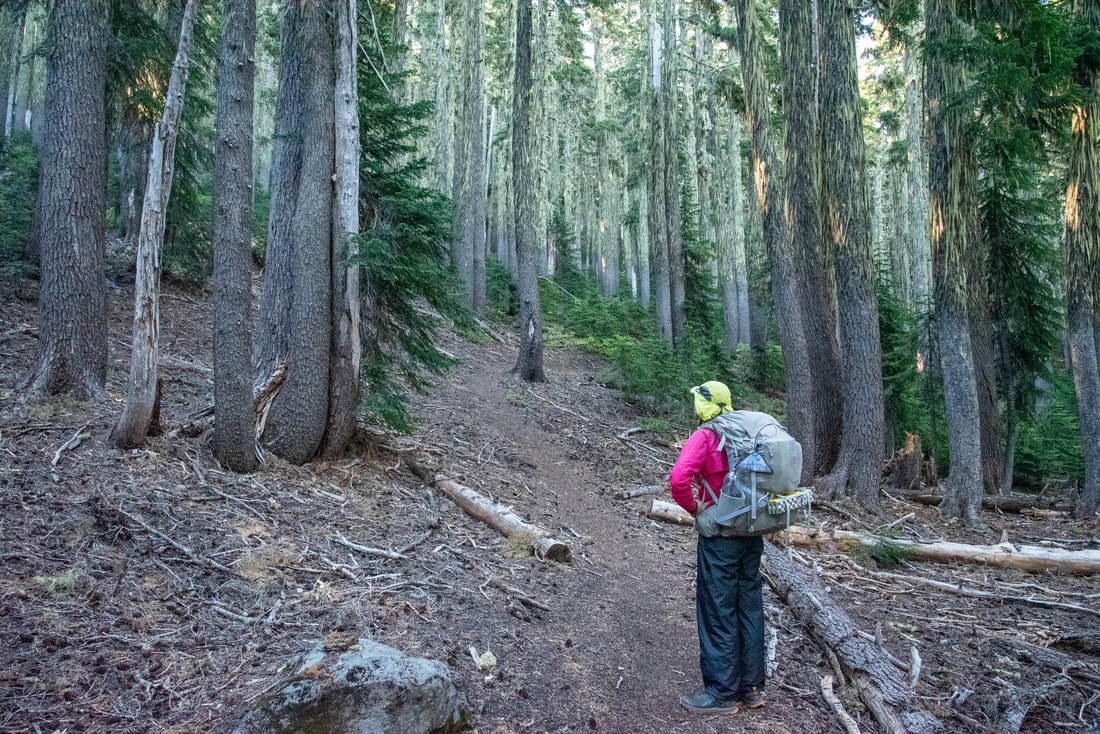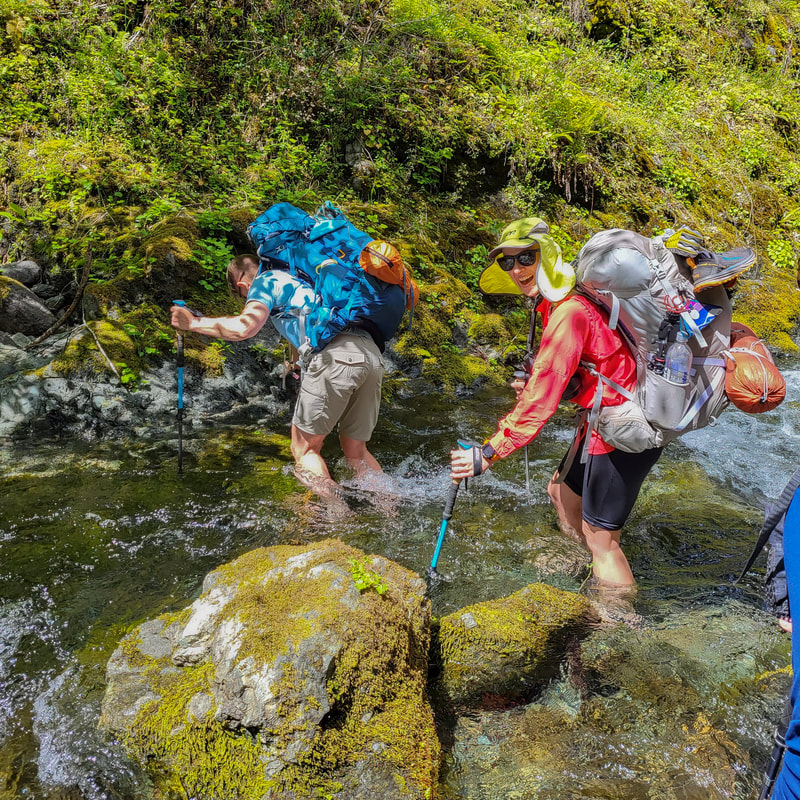A Guide to Choosing the Perfect Backpacking Pack
|
Embarking on a backpacking adventure is a thrilling experience that promises breathtaking views, unforgettable moments, and a profound connection with nature. However, before you hit the trails, it's essential to equip yourself with the right gear, starting with the most crucial item: your backpacking pack. Selecting the perfect pack can significantly impact your comfort, mobility, and overall enjoyment on the trail. Here's a comprehensive guide to help you choose the right backpacking pack for your needs.
1. Determine Your Trip Duration and Style: The first step in choosing a backpacking pack is to consider the duration and style of your trips. Are you planning short weekend getaways, week-long treks, or extended thru-hikes? Will you be traveling ultralight or carrying more gear for comfort and convenience? Understanding your typical trip duration and style will help you determine the size, capacity, and features you'll need in a backpacking pack. (Pro tip: some packs don't carry bear cans easily or at all, so in some cases it might be a good idea to have two different styles of packs to take for different trips if a bear can is needed. For example I carry the Osprey Aura AG 65L for longer trips where I have a heavier load and/or a bear can, and I carry the Outdoor Vitals Shadowlight 60L for trips that are only a few days where my load is on the lighter side). |
|
2. Assess Your Gear Needs:
Take inventory of your backpacking gear to determine the volume and weight you'll need to carry. Consider essential items such as a tent, sleeping bag, sleeping pad, cooking gear, clothing layers, food, water, and personal items. Choose a pack with sufficient capacity to accommodate all your gear comfortably, with extra room for additional supplies or gear if needed since your gear and volume of food will likely change from trip to trip. 3. Find the Right Fit: A properly fitting backpacking pack is essential for comfort and stability on the trail. Look for packs that are available in multiple sizes to ensure a personalized fit based on your torso length and hip size. Most manufacturers provide sizing guides to help you determine the appropriate size for your body. When trying on packs, adjust the shoulder straps, hip belt, and load lifters to distribute weight evenly and minimize pressure points. 4. Consider Pack Weight and Suspension: Pay attention to the weight of the backpacking pack itself, as lighter packs can help reduce overall pack weight and fatigue on long-distance hikes. Look for packs constructed from lightweight and durable materials such as ripstop nylon or Dyneema composite fabrics. Consider packs with ergonomic suspension systems, padded shoulder straps, and ventilated back panels for enhanced comfort and support, especially when carrying heavy loads. Keep in mind that the "ultra-light" packs generally don't carry heavy loads as well as conventional packs. For example, the Outdoor Vitals Shadowlight weighs in at 1 lb 15.5 oz. but truly only carries max 30 pounds comfortably. The Osprey Aura AG 65L weighs in at a whopping 4 pounds 7 oz. but from experience I would say it carries up to a 45 pound load pretty comfortably. |
|
5. Evaluate Features and Organization:
Consider the features and organization options that are important to you based on your hiking style and preferences. Look for packs with multiple compartments, pockets, and attachment points for organizing and accessing gear efficiently. Consider features such as hydration compatibility, external gear loops, trekking pole attachments, and removable daypacks or lids for added versatility. 6. Test Load Stability and Comfort: Before making a final decision, test the load stability and comfort of the backpacking pack with weight inside. Many outdoor retailers offer opportunities to load packs with weighted bags to simulate real-world conditions. Walk around, adjust the straps, and test the pack's stability and comfort on varying terrain to ensure it can handle the demands of your hiking adventures without causing discomfort or fatigue. 7. Research and Compare Brands: Take the time to research and compare different backpacking pack brands, models, and customer reviews to find the best option for your needs and budget. Consider factors such as durability, warranty coverage, and customer service reputation when evaluating brands. Explore specialized backpacking gear retailers, outdoor gear forums, and online resources for insights and recommendations from experienced hikers and backpackers. |
|
8. Try Before You Buy:
Whenever possible, visit a reputable outdoor retailer to try on backpacking packs in person and receive personalized assistance from knowledgeable staff. Take advantage of fitting services, gear demos, and expert advice to ensure you find the perfect pack for your body and hiking preferences. Don't hesitate to ask questions, test multiple packs, and take your time making an informed decision. 9. Prioritize Comfort and Functionality: Ultimately, prioritize comfort, functionality, and fit when choosing a backpacking pack. Select a pack that feels comfortable, distributes weight evenly, and provides easy access to essential gear and supplies. Pay attention to details such as padded hip belts, adjustable torso lengths, compression straps, and ventilation features to maximize comfort and performance on the trail. 10. Invest in Quality and Durability: Invest in a high-quality backpacking pack from a reputable brand that offers durability, reliability, and long-term performance. While premium packs may come with a higher price tag, they are often worth the investment for their superior materials, construction, and features. Consider your backpacking pack as a long-term investment in your outdoor adventures and choose wisely based on quality and value. |
Choosing the perfect backpacking pack is a crucial step in preparing for your outdoor adventures. By considering your trip duration, gear needs, fit, features, and personal preferences, you can find a pack that enhances your comfort, mobility, and enjoyment on the trail. With the right backpacking pack by your side, you'll be ready to embark on unforgettable adventures and create lasting memories in the great outdoors.

